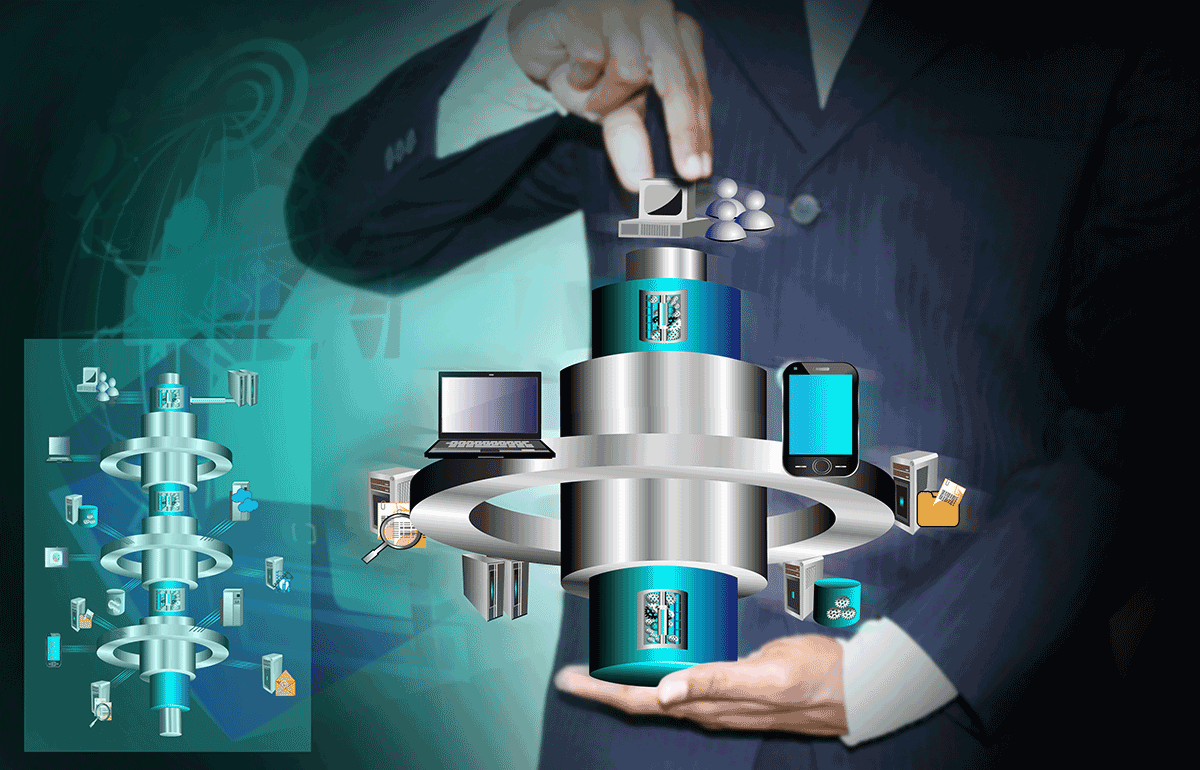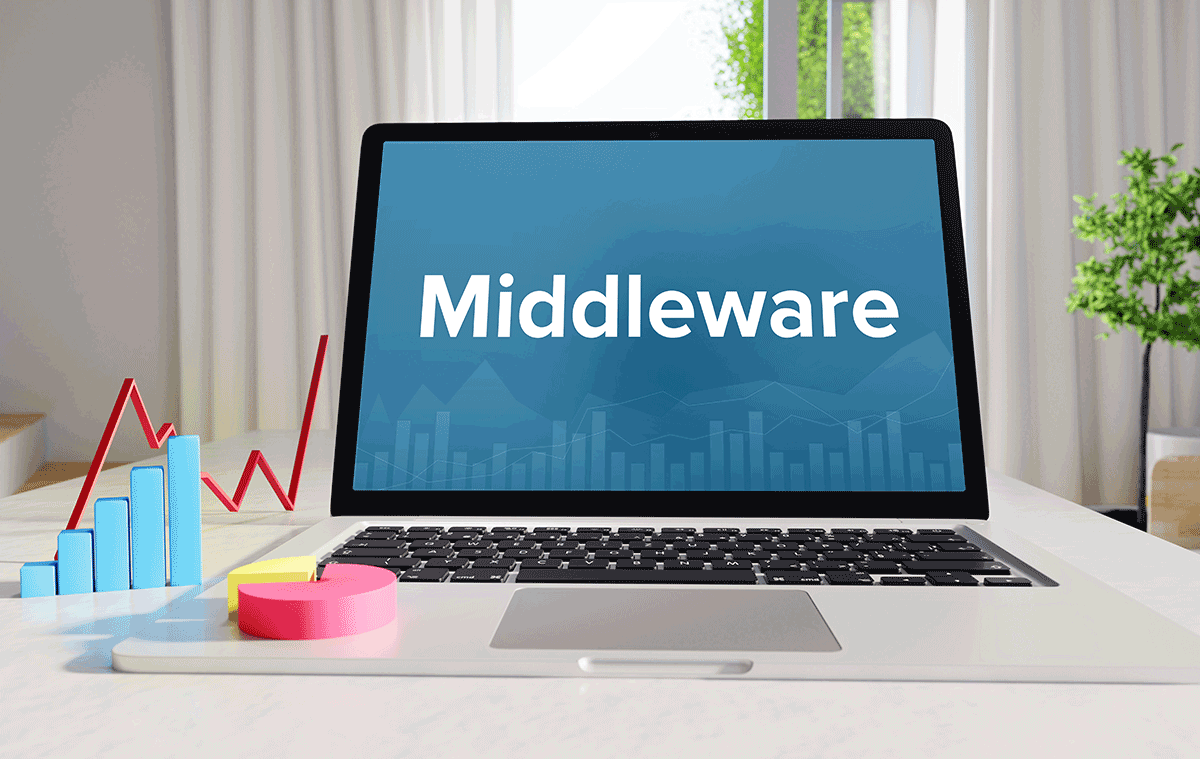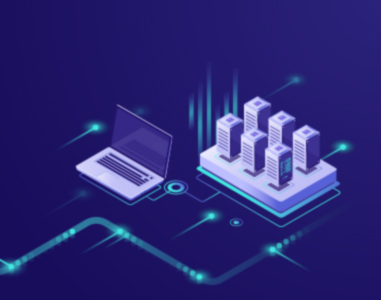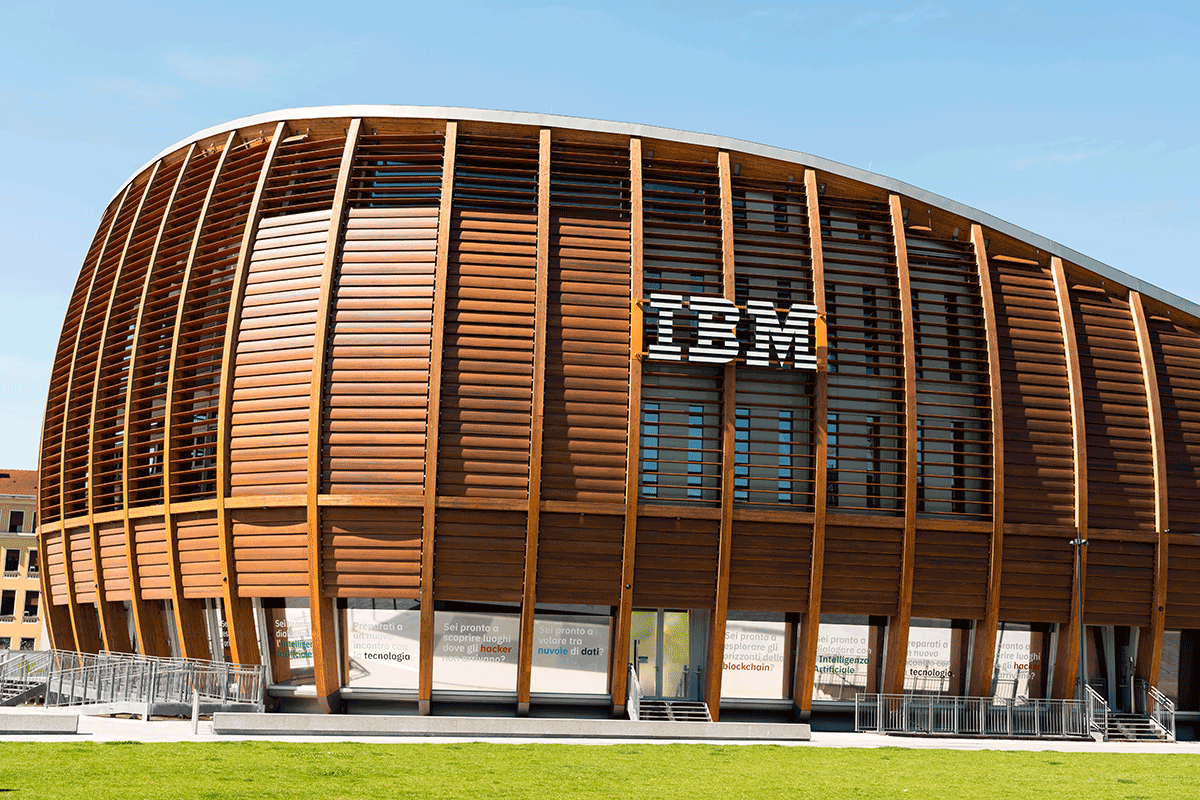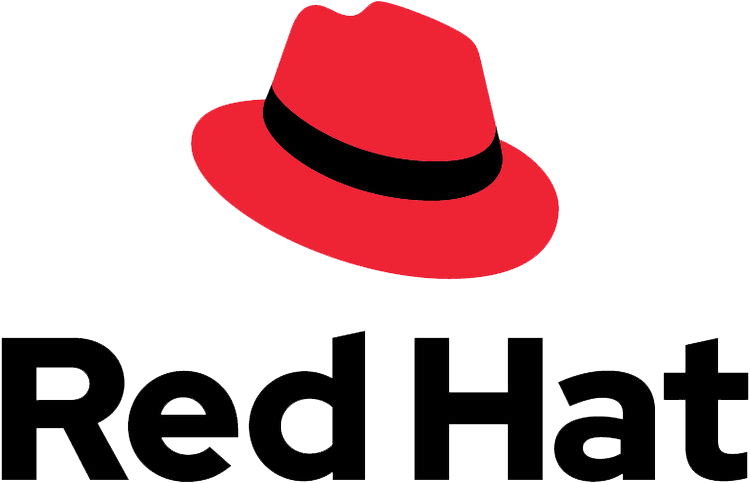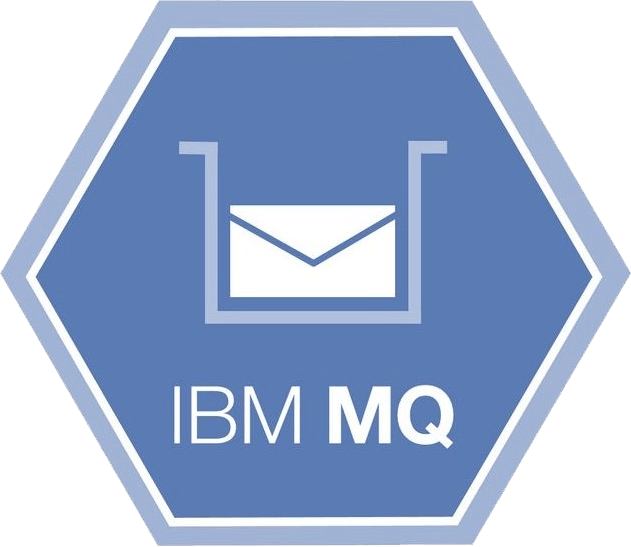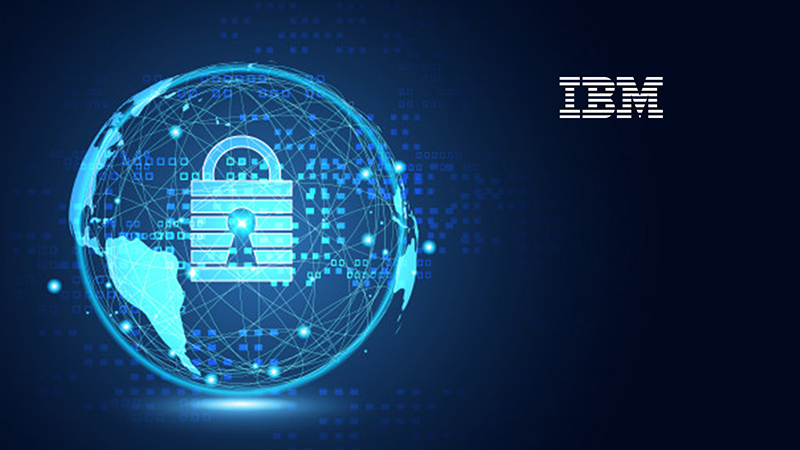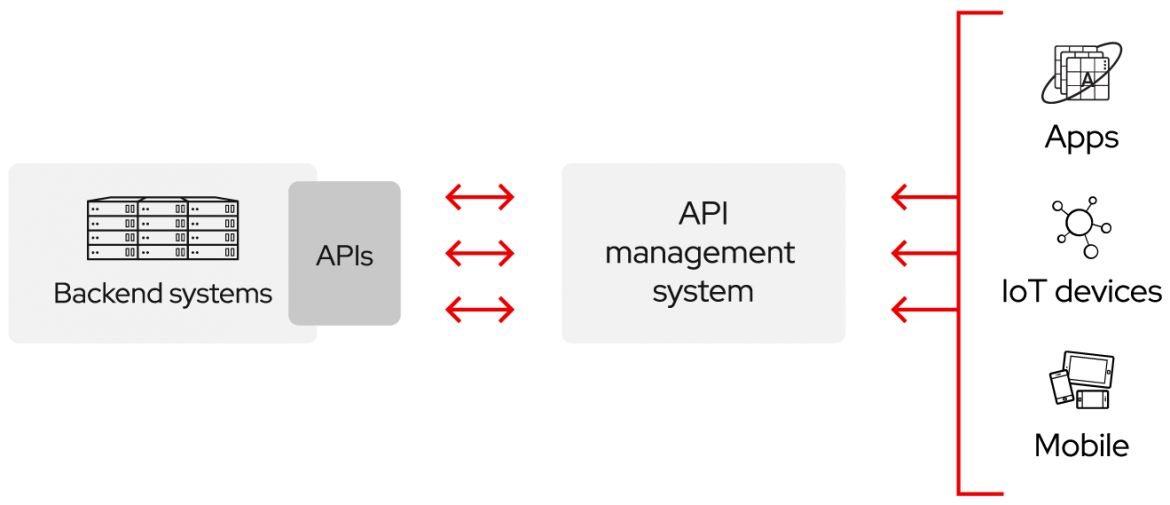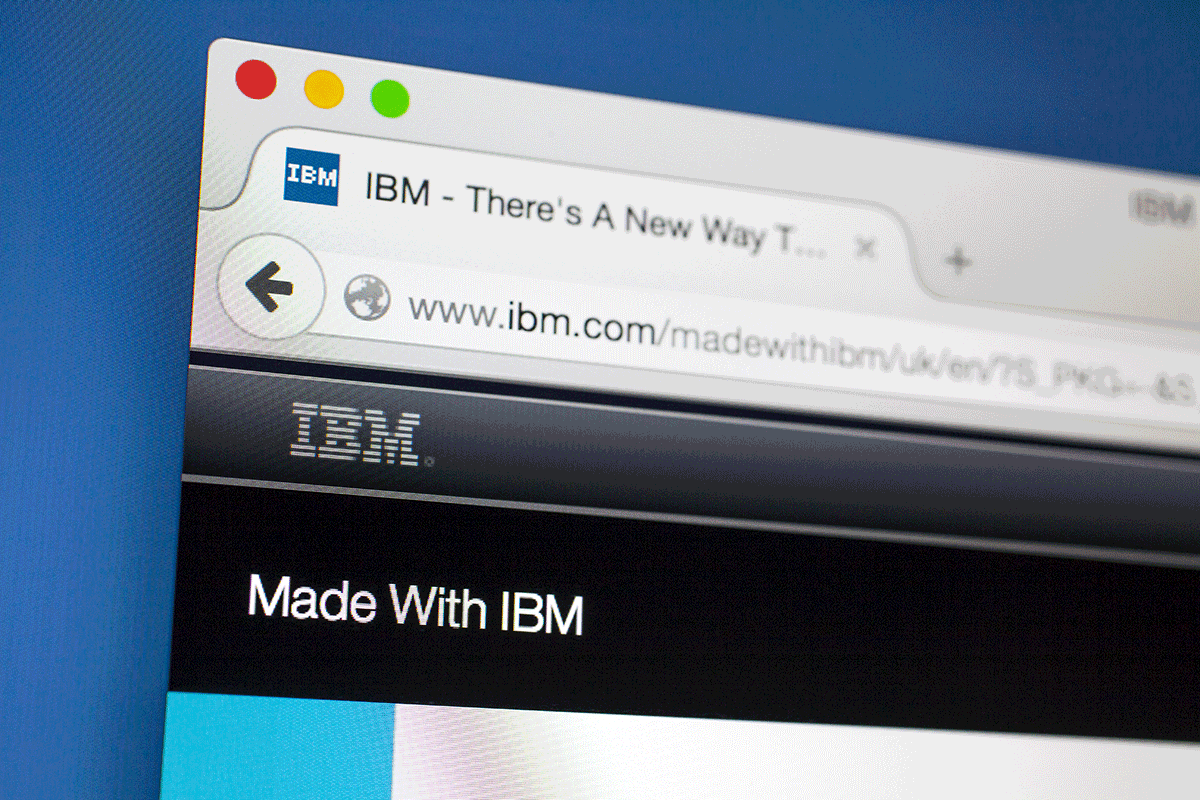What are Middleware Technologies?
Middleware is the stuff that lives in the middle. As we like to say, the stuff that connects everything else (application-wise that is). Most services (LDAP, Print, Memory allocation) are usually handled by a security subsystem, or the OS, those services that are NOT are typically described as ‘Middleware’. Middleware allows companies to continue to support the growing complexity of systems their business requires. While continuing to have a loosely coupled infrastructure to allow for the nimbleness and responsiveness demanded by lines of business.
Think message-oriented middleware or MOM. Middleware technologies typically live in the mainframe and distributed worlds and include web application servers, ESBs, Message Oriented Middleware (MOM), like IBM’s MQ (aka WebSphere MQ, or MQ Series), and similar systems.
How Can TxMQ Help with Middleware Technologies?
TxMQ has assisted hundreds of customers for more than 40 years across a variety of industries with complex integration projects. Beyond the planning, architecture, implementing, and support of middleware services and infrastructure solutions. TxMQ also provides best practice services to customers looking for an expert adviser to ensure their middleware is functioning with up-to-date technology standards and maintaining compliance with the latest requirements of their industry.
Our team supports all major middleware environments specializing in web/application servers (WebSphere and others), middleware messaging (MQ) for enterprise message transport across all technical platforms, integration server (IIB/ACE) for powerful message transformation and routing, edge of network appliances (DataPower/APIC) for secure gateway and API management, BPM integration with human tasks, application event notification, and ODM for externalizing business rules management. We support all environments with middle-ware technologies including IBM, RedHat, Oracle, and Open Source. TxMQ customers leverage hybrid-cloud and multi-cloud deployments.
We also offer advisory services around staffing requirements to ensure the solutions we implement are properly supported long after the engagement is concluded.
Have questions about Middleware technologies?
Insights Magazine performed a Q&A with a middleware expert who has been working in the field for over 15 years. Read about the top four infrastructure vulnerabilities organizations should look out for. The challenges clients face in middleware management and operational IT planning. The importance of embracing a 21st century information management. How to do it on a tight budget, and the benefits of developing a technology roadmap.
Managed Services
TxMQ Managed services are designed to help you manage and maintain complicated systems from legacy to cutting edge technology filling gaps in skills and resources you may not have in-house. Our MSP team can manage your databases, application servers, complex middleware architectures, and critical infrastructure components. We even support back level software for recovery of critical legacy applications.
Our services are designed to give you back time and resources so you can focus on innovation again. We can monitor, manage, and maintain, all your company’s middleware systems. Also, we manage, maintain, and optimize any databases that powers your business across the globe.
Click below to learn more about TxMQ’s Managed Services.
Without MIDDLEWARE, the digital economy would CRASH.
Middleware is the plumbing or “glue” of the application layer. It’s the infrastructure that makes all your systems work soundly.
TxMQ Empowers Productivity Through Middleware
Proven Success
As an IBM Premier Business partner, TxMQ has empowered numerous small, medium, to Fortune 500 businesses. We have the talent, knowledge, and technology expertise to design, implement, and deploy middleware solutions for a variety of industries.
Most recently, TxMQ provided 100% of the North American (US & Canada) middleware support for a multibillion-dollar international petrochemical company.
Our leadership team is made up of technology veterans with more than 140 years of combined IT industry experience. Our middleware consulting staff represents well over 250 combined years of Fortune 1000 consulting experience. TxMQ in-house SMEs are among the most accomplished middleware architects and thought leaders operating in the business space today.
Messaging and ESB
If you are a first-timer, as a large number of our customers are, working with IBM MQ, understanding IBM MQ Concepts can be extremely beneficial to fast-path your first project.
IBM MQ is considered a messaging transport for the asynchronous delivery of application messages whereby applications are modified to get and put the IBM MQ queues. These IBM MQ queues are managed by a Resource Manager called a Queue Manager. The Queue Manager is the collection of processes running on a designated server, similar to a Database, that manages all the internal and complex workings of IBM MQ. Queue Managers talk to each other through IBM MQ Channels. This communication is critical for the passing of data in the proper structure (ASCII to EBCDIC) using the proper coded character set ID. IBM MQ provides what is called, “assured delivery” in that messages will be transferred once and only once to the destination application queue.
IBM MQ
Primary factors impacting migrations are versions involved, and the amount of changes introduced in and between those versions. For customers more than n-3 versions back, multiple migrations are required, since migration tools only support n-3 migrations. Among the most critical steps is the choice of versions to migrate to. As expected, the right answer is “It depends”. Considerations include End of Support dates, stability/maturity in life cycle of product/version release, JEE/JDK levels relative to targeted versions. As well, desired features in the app server play a role, as do versions supported by any vendors involved. There is, in short, no default best answer.
Position your Financial Institution for flexibility and independence to transact securely with major trading partners who require IBM® MQ. TxMQ’s QConsole on Red Hat OpenShift simplifies IBM MQ; enabling you to focus on your business and customers, not Security and Compliance.
Establish direct partnerships and communication with the Fed, TCH, and other trading partners.
- FedLine Direct® – Automated Transactions.
- FedACH® Services.
- Fedwire® Funds Service.
- Fedwire Securities Service.
- The Clearing House RTP® Network – Real Time Payments.
- Increase Efficiency: Eliminate checks and the associated costly, manual processes.
- Instant Settlements.
- Peer to Peer payments.
- Bi-Directional communication between Payer and Payees.
- Real-Time view of cash positions.
- Immediate Real-Time shared transaction information.
QPacity Application
When our developers made QPacity they were seeking to create a reporting and analysis tool that would help them diagnose issues in a multifaceted environment and designed the tool to work in a variety of enterprise environments. It began as a tool for TxMQ to use to diagnose and fix problems within your environment but has grown to be a respected tool endorsed by both IBM and RedHat to use on your enterprise systems.
IBM MQ Websphere Support
TxMQ offers to work with our customers through IBM’s WebSphere Migration Toolkit. This is a set of tools that helps us with some critical components of the migration itself.
We work with our customers to identify the Java EE technologies used by their platform. Are there deprecated Java EE technologies? Will some/all/none of the applications run in cloud environments? What changes to applications will be needed for successful migration (if any). In truth, we spend a fair amount of time focusing on Java applications.
There are quick initial detailed analysis snapshots available using the binary scanner command line tool. This is ideal for quick evaluation, developers not using Eclipse based IDEs, and access to overview for any possible migration issues.
B2B Integration
Business Integration, whether on-premises, in the cloud, or the more common, mixed or hybrid cloud approach, is ever more critical. However, as the pace and scope of B2B (Business-to-Business) integrations escalate, so do the tensions between frontend Lines of Business (LOB) and backend core IT.
B2B integration technology is an increasingly important tool for enterprises. As businesses become more tightly integrated with partners in areas like distribution and the supply chain, the ability to share information efficiently becomes a competitive differentiator. Purchase orders, delivery verification, and similar transaction information must all be exchanged and managed consistently, reliably, securely, and nearly instantaneously.
The right B2B integration platform and Managed File Transfer (MFT) technology can dramatically reduce complexity in the exchange of information between partners.
API Management strategy: How can we help?
Service discovery makes this easier. API management provides the necessary discovery mechanisms to ensure that available microservices can be found and that the documentation on how to use them is shared through the developer portal.
Microservices require an integrated approach to security. Security mechanisms differ depending on the type of API. External facing API services require different security mechanisms than internal ones. For less mission-critical APIs, simple protection with API keys is usually sufficient. With external or critical APIs, a more secure approach, like OAuth, will be required. We specialize in knowing what type of encryption and security protocols to use. Reach out to TxMQ today to learn more about how to improve your API Management.
IBM AppConnect Pro
App Connect Pro customers have reported that it has reduced the cost of resources by 38%, condensed timelines by 40-60%, and can be up and running in as little as three days. IBM App Connect is also a part of the IBM Cloud Pak for Integration Portfolio.
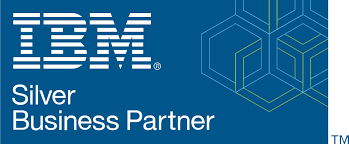
Business Process Management (BPM)
Transform your workflow into a more effective and efficient process, so your company is better equipped to adapt to an ever-changing digital economy. With IBM BPM, TxMQ can help you change the way you work so that every process is streamlined and effective. Executives and IT collaborate to analyze the relationships between millions of events to pinpoint and resolve issues that negatively impact business performance. It can save you millions of dollars a year.
Security Gateway Appliances
DataPower is a SECURITY and INTEGRATION appliance, purpose-built to provide a broad range of application security, integration, routing, B2B integration, and governance capabilities for all types of web, mobile, API and cloud traffic. DataPower helps organizations achieve rapid time to value with a high-performance solution that requires no coding, simplifies integration, and supports a wide array of web, mobile, cloud, B2B, and API management enablements.
ATTENTION END OF “LIFE” SUPPORT!
As of April 30th, 2018 WebSphere Application Server versions WAS v.7.x all editions & WAS v.8.0.x all editions went out of support. No EOS date has been announced yet for WAS 8.5.5, however previous versions of WAS have had an approximate 7-year lifecycle, so it is important to plan now for an upgrade if you are running WAS 8.5.x.
If you’re currently running an outdated version of WAS, or want to discuss a migration from 8.5.x to 9.0.x, reach out to us to speak to an expert on your migration, upgrade, and back-level support options.
